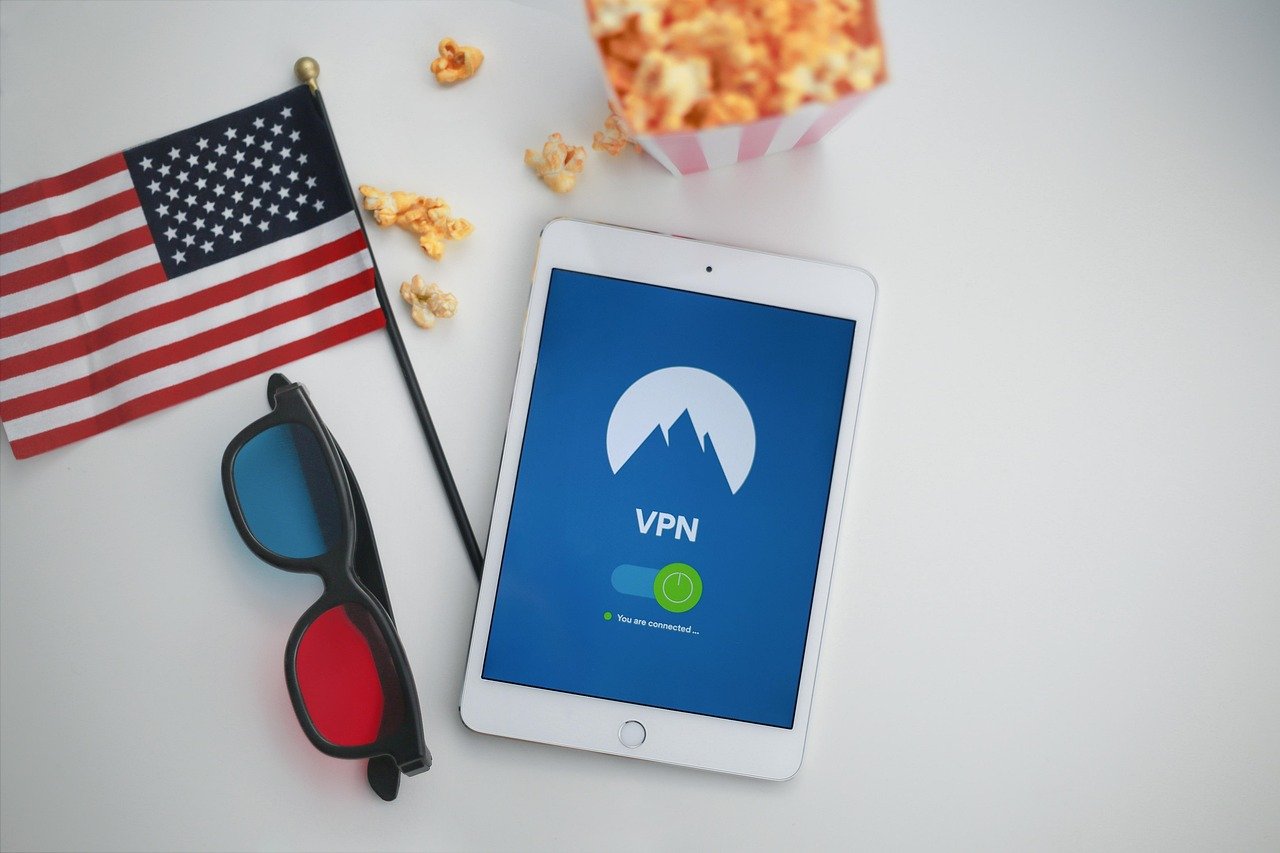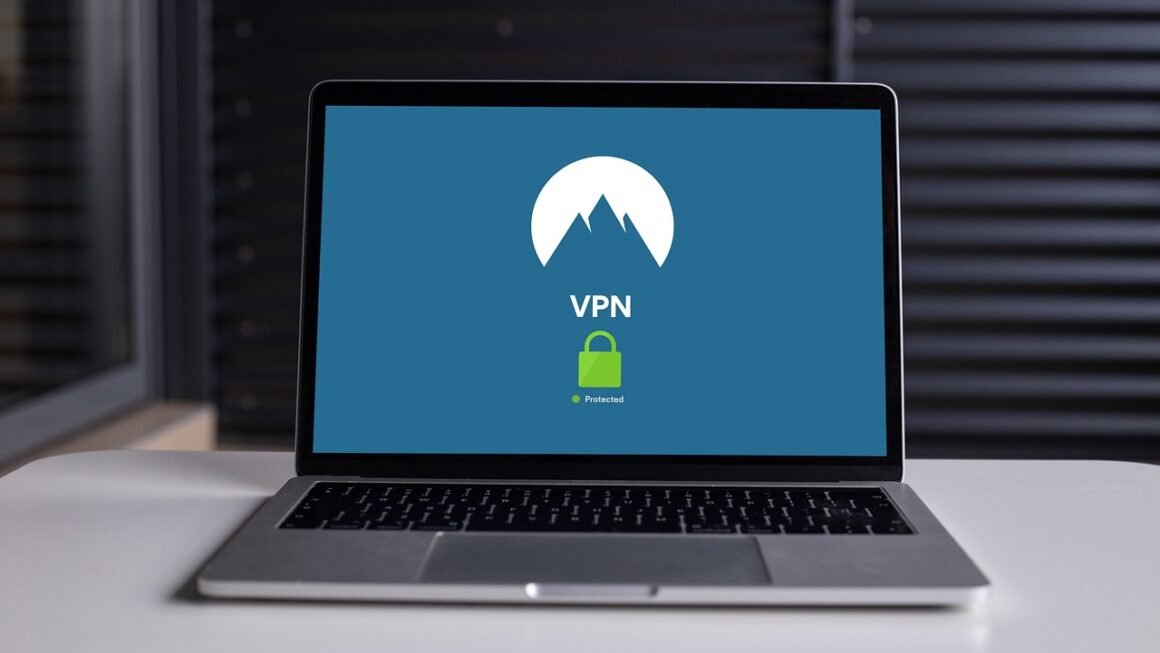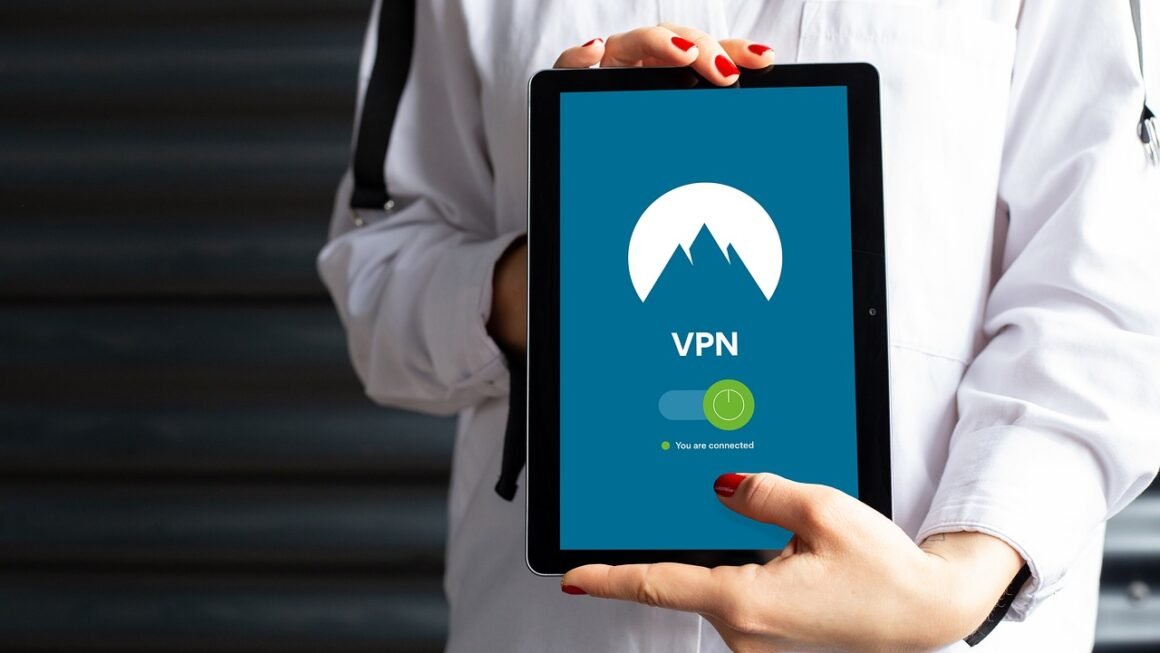In today’s complex and ever-evolving digital landscape, traditional network security approaches are proving inadequate. The perimeter-based model, which assumes everything inside the network is safe, is no longer viable. Cyber threats are becoming more sophisticated, and the rise of cloud computing, remote work, and mobile devices has blurred the lines of the traditional network boundary. This is where Zero Trust Architecture (ZTA) comes in, offering a more robust and adaptable security framework.
What is Zero Trust Architecture?
Zero Trust Architecture (ZTA) is a security framework based on the principle of “never trust, always verify.” It assumes that no user or device, whether inside or outside the network perimeter, should be automatically trusted. Instead, every access request is subject to rigorous authentication and authorization before being granted. This approach significantly reduces the attack surface and minimizes the damage caused by breaches.
Core Principles of Zero Trust
- Never Trust, Always Verify: This is the foundational principle. Trust is not inherent; it must be earned and continually validated.
- Assume Breach: Operating under the assumption that a breach has already occurred or is imminent. This shifts the focus to minimizing the blast radius and quickly detecting and responding to incidents.
- Least Privilege Access: Granting users and devices only the minimum level of access required to perform their specific tasks. This limits the potential damage from compromised accounts.
- Microsegmentation: Dividing the network into small, isolated segments to contain breaches and prevent lateral movement of attackers.
- Continuous Monitoring and Validation: Continuously monitoring user and device behavior for suspicious activity and validating access requests based on real-time context.
Why is Zero Trust Important?
The importance of ZTA stems from the changing nature of threats and the limitations of traditional security models. Consider these statistics:
- According to the Verizon 2023 Data Breach Investigations Report, 74% of breaches involve the human element. Zero Trust helps mitigate the risks associated with compromised credentials and insider threats.
- The average cost of a data breach in 2023 was $4.45 million, according to IBM’s Cost of a Data Breach Report. ZTA can significantly reduce the impact of a breach by limiting its spread.
- With the increase in remote work, traditional perimeter security is becoming increasingly ineffective. ZTA provides a more secure way to manage access to resources from anywhere.
Key Components of a Zero Trust Architecture
Implementing a ZTA involves several key components working together to enforce the “never trust, always verify” principle.
Identity and Access Management (IAM)
- Multi-Factor Authentication (MFA): Requiring users to provide multiple forms of authentication (e.g., password, one-time code, biometric scan) to verify their identity.
- Privileged Access Management (PAM): Controlling and monitoring access to privileged accounts, such as those used by administrators and developers. PAM helps prevent unauthorized access to sensitive systems and data.
- Identity Governance and Administration (IGA): Managing user identities and access rights throughout their lifecycle, from onboarding to offboarding. IGA ensures that users have the appropriate access to resources and that access is revoked when it is no longer needed.
Device Security
- Endpoint Detection and Response (EDR): Monitoring endpoints for suspicious activity and providing tools to respond to threats. EDR can help detect and prevent malware, ransomware, and other types of attacks.
- Mobile Device Management (MDM): Managing and securing mobile devices that access corporate resources. MDM can enforce security policies, such as requiring passcodes and encrypting data.
- Network Access Control (NAC): Controlling access to the network based on device posture and compliance with security policies. NAC can prevent unauthorized devices from connecting to the network and quarantine non-compliant devices.
Network Security
- Microsegmentation: Dividing the network into smaller, isolated segments to limit the impact of breaches. This can be achieved using firewalls, virtual LANs (VLANs), and software-defined networking (SDN). A practical example of microsegmentation is separating production servers from development servers. If a development server is compromised, the attacker will not be able to easily access the production environment.
- Next-Generation Firewalls (NGFWs): Providing advanced threat detection and prevention capabilities, such as intrusion prevention, application control, and web filtering.
- Intrusion Detection and Prevention Systems (IDPS): Monitoring network traffic for malicious activity and blocking or alerting on detected threats.
Data Security
- Data Loss Prevention (DLP): Preventing sensitive data from leaving the organization’s control. DLP can identify and block the transfer of sensitive data, such as credit card numbers or social security numbers.
- Data Encryption: Protecting data at rest and in transit with encryption. Encryption makes data unreadable to unauthorized users, even if they gain access to it.
- Data Activity Monitoring (DAM): Monitoring access to sensitive data and alerting on suspicious activity. DAM can help detect insider threats and data breaches.
Implementing Zero Trust: A Step-by-Step Guide
Implementing a Zero Trust architecture is not a one-size-fits-all solution. It requires careful planning and execution to ensure that it aligns with the organization’s specific needs and risk profile.
1. Define Your Protect Surface
- Identify your most critical assets (data, applications, infrastructure).
- Understand how these assets are accessed and used.
- Map the data flows and dependencies.
This step is critical because it focuses your initial Zero Trust efforts on the most valuable assets, ensuring maximum impact with limited resources.
2. Map the Transaction Flows
- Document how users and devices interact with the protect surface.
- Identify the different access paths and data flows.
- Analyze the security controls currently in place.
For example, consider a customer relationship management (CRM) application. Map out how sales representatives, marketing teams, and customer service agents access the CRM, the data they access, and the security controls governing that access.
3. Architect a Zero Trust Environment
- Design a Zero Trust architecture based on the principles outlined earlier.
- Choose the right security technologies to implement the architecture.
- Consider a phased approach, starting with the most critical assets.
4. Create Zero Trust Policies
- Define granular access control policies based on user identity, device posture, and context.
- Implement multi-factor authentication for all users.
- Enforce the principle of least privilege access.
For instance, a policy could state that only authorized administrators can access production database servers and that access requires MFA and is granted only for a specific period.
5. Monitor and Maintain
- Continuously monitor the Zero Trust environment for suspicious activity.
- Regularly review and update security policies.
- Conduct penetration testing to identify vulnerabilities.
Using a Security Information and Event Management (SIEM) system to collect and analyze security logs can provide valuable insights into potential threats and vulnerabilities.
Benefits of Adopting Zero Trust Architecture
Implementing Zero Trust offers numerous advantages for organizations seeking to enhance their security posture.
- Reduced Attack Surface: By assuming breach and continuously verifying access, ZTA minimizes the attack surface and limits the potential damage from breaches.
- Improved Visibility: ZTA provides better visibility into user and device activity, making it easier to detect and respond to threats.
- Enhanced Compliance: ZTA can help organizations meet compliance requirements, such as GDPR and HIPAA, by providing better control over data access and security.
- Increased Agility: ZTA enables organizations to adapt to changing business needs and security threats more quickly and effectively.
- Better User Experience: By providing secure access to resources from anywhere, ZTA can improve the user experience and increase productivity.
- Strengthened Data Protection: Protecting sensitive data, preventing unauthorized access, and mitigating the risk of data breaches.
Conclusion
Zero Trust Architecture is no longer just a buzzword; it’s a necessity in today’s threat landscape. By embracing the “never trust, always verify” principle, organizations can significantly improve their security posture and protect their valuable assets. While implementing ZTA requires careful planning and execution, the benefits are well worth the investment. Start by understanding your protect surface, mapping your transaction flows, and gradually implementing the key components of a Zero Trust architecture. Remember that Zero Trust is a journey, not a destination, and requires continuous monitoring and improvement. By taking a proactive approach to security, you can mitigate the risks of cyber threats and build a more resilient organization.



